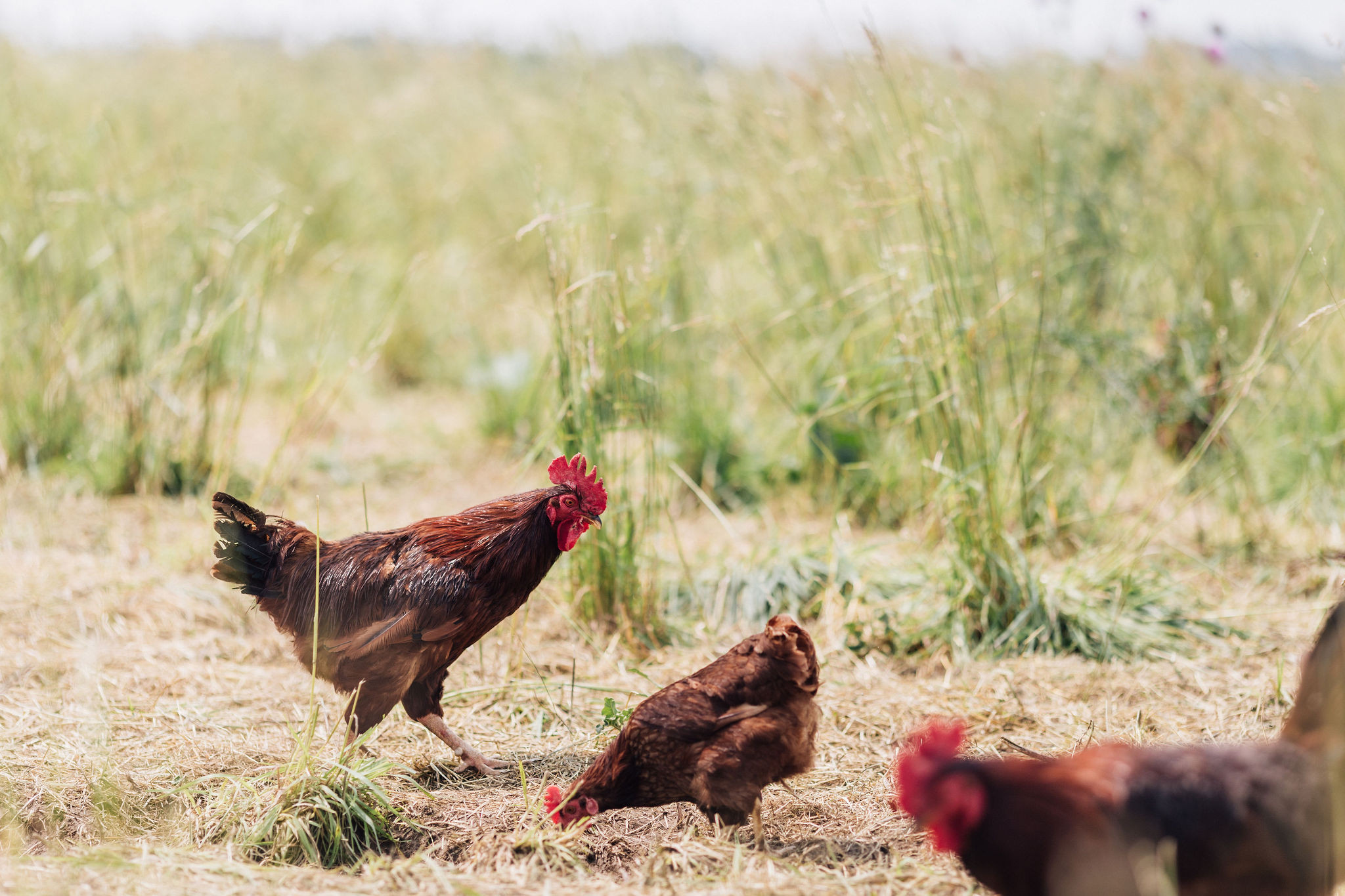How to save money on unfake meat
posted on
July 19, 2019
There is a wide selection of “fake meat” in our stores.
Any animal that’s raised unnaturally qualifies as “fake meat” in our farm’s eyes. From being fed grain, soy, and GMOs to routine hormones and antibiotics to not having access to green pasture. It’s not “real meat”. It’s industrialized factory farming. It doesn’t have the nutrition content, texture, or taste that an animal raised naturally would.
Then there’s “fake meat” products like sausage or spam or lunchmeat. Meat is often mixed with fillers like pink slime or bread crumbs, preservatives like nitrates and nitrites, and additives like colors, flavors, binders, and texturizers.
Then there’s “fake meat” products primarily derived from soy. Veggie Heaven anyone? Or how about the Impossible Burger? Now it’s in Burger King.
Then there’s the future of “fake meat” grown in petri dishes. Lab-grown protein (aka “clean meat” or “cultured tissue” or “artificial meat”) companies are rearing up, and word has it that regulations on these new meat products are underway. You can expect to find these new “fake meat” products in stores within a year.
So… what is “real meat”?
“Real meat” comes from animals that live a healthy, natural lifestyle.
For beef, lamb, and goat, this means they are 100% grass fed and finished. They live at pasture as much as possible for the climate. They are not given any growth or health enhancers.
For poultry, this means that they forage in pastures as much as possible and are fed a soy-free feed of grains that they’re able to properly digest.
For pork, this means that they live in a natural environment. For us, this is the forest. They dig for roots, eat plenty of acorns, and stay shaded from the sun. They are natural garbage disposals. Our pigs eat a lot of milk as well as feed formulated for their digestion.
And, as far as processing goes, only real ingredients should be used.
How can I get “real meat”?
You probably already know that food labels are confusing and often misleading. Just because it says “GMO-free” doesn’t mean it hasn’t been sprayed with glyphosate. Just because it says “grass fed” doesn’t mean the cow hasn’t been fed grain. Just because it says “cage free” doesn’t mean the animals have room to move. I could go on and on.
The best way to get “real meat” is to find a real farmer. Then, buy your meat from them.
If the farmer doesn’t transparently answer all of your questions on their website, you should be able to email or call to find out the answers you deserve.
How can I save on “real meat”?
This is the big question. Because “real meat” does cost more than any of the “fake meat” options.
Here are three tactics:
1- Buy the cheaper cuts. Ground meat is the most affordable. You can also find less expensive roasts and steaks, depending on the part of the animal they come from. Oh, and buy bones and make your own broth.
2- Buy frozen meat. Please make sure it is frozen fresh, like our meat is. Frozen meat allows farmers to keep inventory in stock and offer it for lower prices than a fresh meat butcher can.
3- Buy in bulk. Our bundle deals are a great way to save on “real meat”. On our store, you can save from $0.53/lb to $4.12/lb simply by buying in bulk. The other great part about this is that you always have a healthy protein on hand for dinner.
We just introduced a few new bundles that allow you to sample different products at once. We have the Grilling Bundle, Mixed Roast Bundle, and Quarter Beef Bundle. You can check out all our Bundle Deals here.




